Transcendental Meditation for Intrusive Thoughts

Please take a deep breath; we are going to explore using transcendental meditation for intrusive thoughts. With the current political, economic, and health climate – OCD and anxiety are on the rise. Can we leverage the Maharishi Effect for social and individual improvement?
OCD and Anxiety
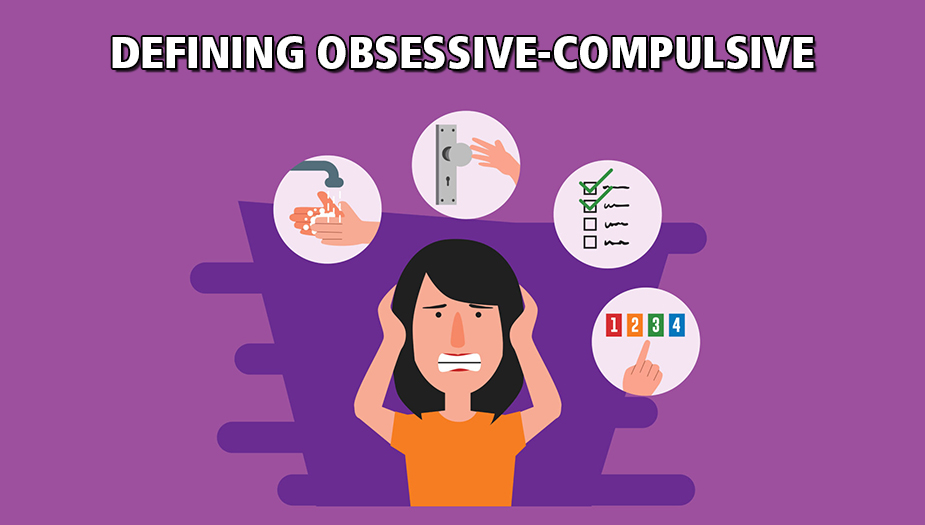
Firstly, obsessive-compulsive disorder (or OCD) is when a person has recurrent, unwanted, and intrusive thoughts. These are the obsessions. Likewise, these unwanted obsessions drive a person to do something repeatedly and frequently. These are the compulsions. Above all, they can manifest as counting, handwashing, cleaning, or any unwanted and repeated behavior driven by the obsession and displaying as the compulsion. OCD and anxiety often are paired since OCD can interfere with a person’s social life and daily routine. How about we go a step further and ask a question. What if we all practiced this form of meditation together? In short, the Maharishi Effect states that if just a tiny percentage of us meditates, it makes measurable improvements on the quality of life for those around us. How? Let us find out together!
Dealing with Compulsive Behavior

OCD and anxiety are serious issues. To sum it up, mental health and self-diagnosis are not compatible. Above all, if you are suffering from intrusive thoughts, see a professional and discuss treatment options. Compulsions and habits are not the same. A habit is typically easier to break. For example, you brush your teeth twice a day and exercise 3 times a week. Maybe you relax to professional induction music every night. Those are habits. However, a compulsion is extremely hard to control. If you are engaging in compulsive behavior and it feels out of control, do not be afraid to seek help. Moreover, you are not alone. While you may find temporary solace in transcendental meditation (and the comforting idea of the Maharishi Effect), they are not treatments for OCD. Mindfulness software and apps are assistive but not a cure.
Your Anxious Mind and You
Let us differentiate between OCD and anxiety, intrusive thoughts, and stress. For example, The American Institute of Stress says that about thirty-three percent of people report feeling extreme stress. Three hundred fifty million people meditate or practice mindfulness worldwide. Imagine if we all used a form of transcendental meditation. Subsequently, that would take the Maharishi Effect to the absolute pinnacle. Consequently, let us assume you do not suffer from OCD but are one of the one-third of everyone suffering from “extreme stress.” Moreover, let us also assume you are NOT one of the three hundred fifty million people who meditate. You are in a unique and existing position. With the popularity of mindfulness apps, potent binaural induction, and other technologies – it is the perfect time to get started in any meditation, not just transcendental meditation.
Intrusive Thoughts
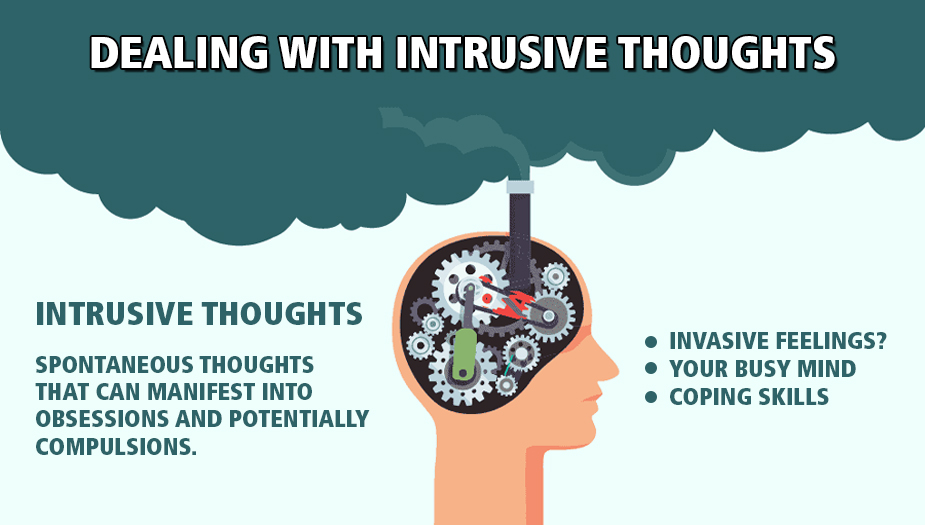
Firstly, you can have intrusive thoughts without them necessarily being a symptom of OCD and anxiety – a state probably peak effective for meditation types like transcendental meditation. In addition, Psychiatry says that an intrusive thought is an unwanted, involuntary thought that may become an obsession. Further, while it seems spontaneous thoughts can manifest into obsessions and potentially compulsions. For many of us, though, we have intrusive thoughts minus the obsessions and compulsions. Maybe when the entire world unites through the Maharishi Effect, less than one-third of us will feel extreme stress. In conclusion, we have a long way to go as a society if the current social, political, and economic conditions indicate. Until then, we need reliable, easy, and efficient methods to deal with those invasive feelings.
Those Invasive Feelings

You are not alone. Above all, every single one of us experiences intrusive thoughts, those invasive feelings. It does not mean we all have OCD and anxiety or even have levels of stress. For example, even those of us practicing transcendental meditation experience intrusive emotions. Moreover, it is human nature. While the Maharishi Effect is an interesting concept (and there are others), we need to look out for ourselves. For instance, I (personally) do not experience high-stress levels, OCD, or much anxiety. However, I have a busy mind. It is nearly impossible for me to calm my running thoughts. There are many shades to invasive feelings and intrusive thoughts. In addition, what are some coping skills for a busy mind? Luckily, we live in a world where technology like binaural beats makes simplifies these advanced meditation methods.
Coping Skills for a Busy Mind
Ten million people in the United States experience intrusive thoughts. Firstly, intrusive thoughts are not always the result of an underlying condition like OCD and anxiety. Therefore, many people do not report them to their doctor. Likewise, anxiety and stress have become so commonplace that most of us self-diagnose and use our coping methods. In this respect, the Maharishi Effect is alive and strong. Many of us turn to meditation types like binaural beats, guided, ASMR, transcendental meditation, and other forms of mindfulness. For example, this year alone, millions of people have downloaded mindful apps like iDoser, Calm, Headspace, Lumosity, and countless others. While our ancestors may have used ringing bells or the sound of nature, we now have apps that directly tap into your brainwaves. Amazing!
Transcendental Meditation
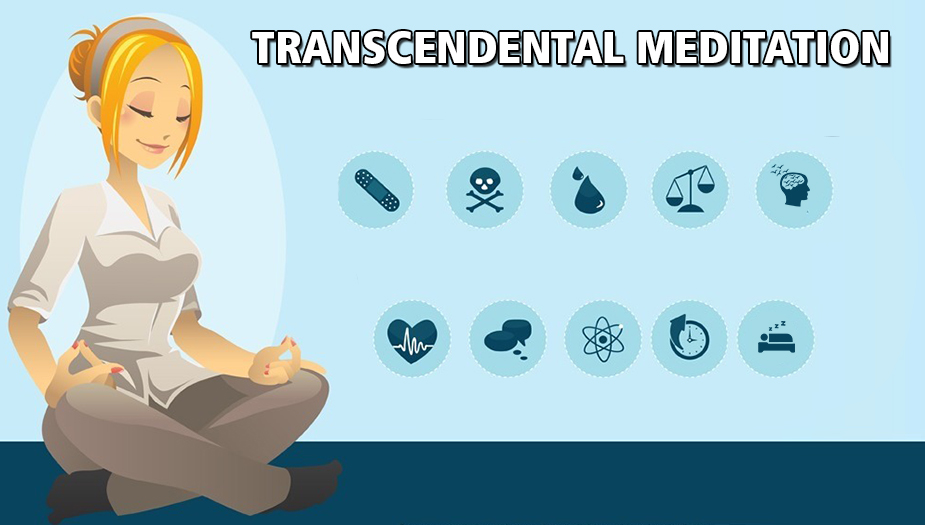
It is time to talk about transcendental meditation. Firstly, this form of mindfulness is prevalent in dealing with intrusive thoughts for one reason. However, do not be fooled by the “complicated” sounding name. For example, transcendental meditation is a straightforward system that helps a busy mind become incredibly calm. Above all, it is a simple way to achieve a quiet level of existence and probably our best bet to spread the Maharishi Effect. We are hesitant even to mention transcendental meditation, however. Search the term, and you will find countless websites trying to sell transcendental meditation courses. Stay away! Moreover, it is better to invest in some good brainwave software and learn simple mantra techniques. That is all you need. Do not pay a cent for some online transcendental meditation course.
Personal Mantra Affirmations
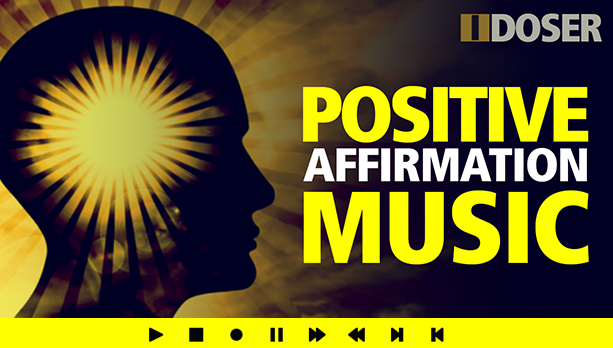
We will not get too deep into advanced meditation techniques like transcendental meditation. These days, get yourself some good mindfulness brainwave software or an app, create a quiet space, and learn some personal mantra affirmations. Likewise, we believe you can somewhat alleviate OCD and anxiety, intrusive thoughts, and stress by transcendental meditation and some personal mantra affirmations. For example, even if you do not buy into the Maharishi Effect (more on that in a minute), some simple techniques like affirmations, some good meditation music, and a quiet space go a long way to alleviating stress. To break it down, affirmations are statements that help overcome those intrusive thoughts. In addition, you recite a mantra aloud and often repeat it during mindful practice. You can quickly write some personal affirmations for yourself or use some pre-made ones.
Advanced Brainwave Meditation
We can deal with Intrusive thoughts much easier now. For example, transcendental meditation and other forms of mindfulness are prevalent. That is to say, there are high-concept ideas like the Maharishi Effect. Moreover, millions are using advanced brainwave software like iDoser. So, while OCD and anxiety are on the rise, we combat all that stress and anxiety with stunning musical compositions for achieving high levels of mindfulness. All of this comes with a warning, though. Similarly, advanced meditation sessions like iDoser, Calm, and Headspace have become extremely popular. Because of this, sites like YouTube flood with fake, scam, or amateur music and meditation channels, making staggeringly false claims. In addition, some are claiming their videos can cure diseases and other patently false statements. Even amateur channels that are using poorly produced ASMR or binaural frequencies can hinder effects from professional sessions.
Maharishi Effect
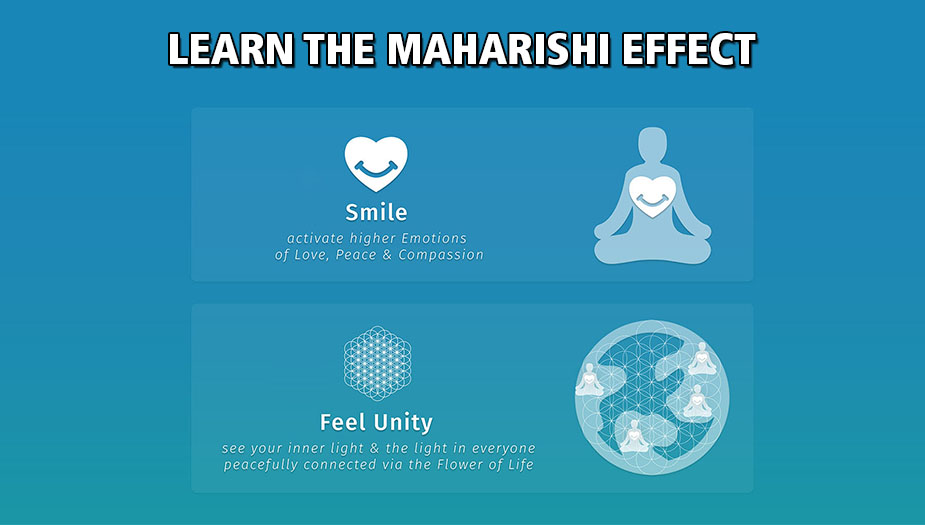
It is time to talk about the Maharishi Effect. Firstly, no matter your level of stress, OCD, and anxiety, or simply dealing with minor intrusive thoughts – the idea of the Maharishi Effect is fascinating. For instance, can city-wide group meditation lower crime? Likewise, the idea is that maybe consciousness is a field of individuals, connected in much the same way that matter and energy have underlying harmony. There is statistical proof of this, but instead of listing the numbers, think of the Maharishi Effect as something more distilled: Meditation for a better world. This the concept that your beautiful radiating meditation energy is feeding the beautiful meditation of energy of everyone around you. All you must do it… meditate. There is maybe one more step.
Meditation for a Better World

Search for the Maharishi Effect and find all kinds of statistics proving the global value of meditation. Not only is meditation effective for intrusive thoughts, but the concept is global betterment. However, that one more step we mentioned is loss of ego. Assuming you are not using meditation for immediate treatment (without a doctor) for OCD and anxiety – you are with the rest of us. Firstly, we want to calm our busy minds. Above all, our brain should be as healthy as our body. Reread those last few sentences. Meditation tends to be ego-driven – we are meditating to better ourselves. To meditate for a better world, do not think only of yourself. Moreover, think of all those unique and beautiful souls around you, connected in our singular meditation goal: A Model for Social-Individual Improvement.
Model for Social-Individual Improvement
So, is the Maharishi Effect a model for social-individual improvement? The current economic, political, and social clement is in disarray. Moreover, OCD and anxiety are on the rise globally. Even those of us not suffering an extreme level of obsession and compulsion are dealing with intrusive thoughts. Therefore, maybe all you want to do is ease your busy mind with a technique like transcendental meditation or binaural brainwave induction. To staple the added weight of social improvement to your meditation practice might be too much – and it certainly is if you are just getting started with meditation or mindfulness. Firstly, keep it simple. As you meditate, be mindful that you are not alone. Most importantly, millions are beginning this journey with you, today!

We just explored using transcendental meditation for intrusive thoughts during a challenging political, economic, and health climate. Even with OCD and anxiety on the rise, do we leverage the Maharishi Effect for social and individual improvement. Or just meditate?
CLICK TO TRY THE BRAINWAVE TECH DESCRIBED IN THIS ARTICLE.
TO ALL OUR READERS, today we humbly ask you to help our little blog. For over ten years now, BinauralBlog.com has been producing fantastic mindfulness articles. We do not beg for donations, use any intrusive popups, sell any form of user data, or fill our content with ads. How do we sustain ourselves? We need shares, plain and simple. The time has come for us to make a simple request. Please, if you enjoyed this article and want us to keep producing content - use any (or all) of the CIRCULAR SHARE BUTTONS ABOVE to help support our little blog. Thank you from the Binaural Blog, Founder & Team

I found this very fascinating. I consider myself versed in mindfulness but somehow, I have never heard of the Maharishi Effect. I will be doing my 1% and more.
I really enjoy the YouTube enhanced meditation music videos that include written affirmations. I can play it on my second monitor and just kind of glance over and soak in the affirmations as I work. If you are interested in something like this – search for “CHANGE Over 100 Positive Love Affirmations” on YouTube. You will not be disappointed at all.
It took me awhile to realize that all the isolation from Coronavirus has caused me to start having OCD like symptoms (undiagnosed). I was already a highly anxious person but between the riots (here in the US), the virus, and existing anxiety about money and love… it has just become overwhelming. I know the title of this blog is BinauralBlog but binaural beats really have been my savior. I have my anxiety and OCD a little more under control with the i-Doser YouTube Channel and their computer software. I think another commenter mentioned affirmations. That was from the i-Doser channel. If you haven’ explored outside of that one video definitely check out the others.
Can I ask a question to anyone with meditation experience? How do you achieve high level like transcendental or even astral projecting? I have been trying for about a year and I cannot achieve anything like that. Not even a single lucid dream.
Thank you for this. I will be trying some of these techniques soon. For those of you suffering, it does get better. “It can’t rain all the time.”
I wish I read this article before I spent $49.95 for some transcendental meditation videos from a sight claiming to be the official TM method. They weren’t official anything and the videos were just really simple meditation videos you could find on any video streaming sight. Tried to get a refund, and customer service went silent.
Be careful with those youtube videos chaps. A year or two ago there was a fad of putting negative subliminal messages in those fake youtube subliminal “meditation” videos. I don’t think they are in binaural beats, but you never know.
+1 for coronavirus wrecking my anxiety tolerance.
The most important thing in this article is the line, “Mindfulness software and apps are assistive but not treatment.” With iDoser, Calm, Headspace, and others listed in this article, so many of my friends think they are “good” on mental health because they meditate.
I love this blog. The great information is very useful which you have shared. I’m always up for learning something new.
when you are triggered, to accept the discomfort it causes, and to resist trying to change it with compulsions. This technique can be strengthened by accepting that the thoughts are simply mental events, capable of being observed without being automatically thought of as warning signs or threats of danger. However, mindfulness may get in the way of the therapeutic process when the concept of “it’s just a thought” instead becomes a mantra used to reassure oneself that one’s fears will not come true.
Mindfulness, the ability to remain in the presence of the moment (even the unpleasant moment), also seems to be a very flexible approach. So, mindfulness is really for anyone who wants to stop feeling like what is going on inside their mind is a burden.